a review of
Red Squared Montreal: A Fictional Chronicle by Norman Nawrocki. Black Rose Books, 2023
One thing we know about capitalism: it can’t have a past (or at least acknowledge one), for the past is filled with resistance.
That’s why it’s so important to keep this history alive, as Norman Nawrocki does so well in his novel Red Squared Montreal. It tells the story of the Quebec 2012 seven month long massive student strike involving 300,000 participants throughout the province. The revolt, ignited by a proposed hike in tuition, didn’t consist of just a few protests, but first, daily marches and then daily and nightly demonstrations with actions involving tens of thousands.
This is a novel, not a memoir, but Nawrocki was deeply involved at the time, actively supporting the strike as one of the “Professors Against the Hike” at Montreal’s Concordia University, giving workshops to striking students about creative resistance, and joining in solidarity demonstrations, including nightly casseroling, banging pots and pans as part of the protests.
With extraordinary vigor and verve, Nawrocki recreates the days of the strike as viewed mainly through the eyes of a student/worker/activist, Huberto, as he deals with elation, and commitment, fending off police attacks, demonstrating, recharging at parties and poetry readings, and burn-out.
As if to emphasize the need for history the book fulfills, the strikers inform themselves of their historical antecedents. Members of Huberto’s affinity group discuss the Riel Rebellion of 1869, which started as a protest by the French speaking Metis population and ended with them rebelling, the Federal government sending troops to squash the rebellion, and some of the leaders, including Louis Riel, being captured and hanged.
Inspired by past rebellions, Huberto’s partner Pascale helps found a Simone de Beauvoir Tea Society. De Beauvoir is best known for her thoroughgoing exposure of patriarchy in The Second Sex, first published in France in 1949.
With the knowledge of previous acts of rebellion, the Quebec students set out to make their own history. It’s a hard road because, even with the demonstrators’ nonviolence, the cops come down heavy. The police routinely attack protestors with clubs, teargas, flash grenades, and rubber bullets.
Scene after graphic scene details police excesses. Zaphire, a medic attending a patient in critical condition, describes, “an SQ[a member of the provincial police] knees me, knocks me over. ‘I’m a medic … This guy is seriously bleeding,’ [she tells him] … the fucking cop says, ‘Shut up, bitch! … Don’t demonstrate if you don’t want this.’ He wrenches my hands behind me … and shoves me onto the ground.”
Where is all this unprovoked violence coming from, the students ask? One character says, perhaps with limited understanding of the role of the police, “What gives them carte blanche to brutalize?”
Something of an answer can be found in de Beauvoir who discusses this puzzle in The Ethics of Ambiguity. To her, the carte blanche stems from a hatred of freedom. A person who refuses to recognize she is free and responsible for her actions will erect some authority such as the Catholic Church or the police, and convince herself she must follow its dictates.
De Beauvoir writes, “It is natural that [such a person] makes himself a tyrant. Dishonestly ignoring the subjectivity of his choice, he pretends that the unconditioned value of the object [such as law and order] is being asserted through him.” With this attitude, the person can run roughshod over others. It might be objected that cops are following the orders of superiors, but de Beauvoir focuses on the type of person who takes a job where they will follow such orders.
The red square of the title was the symbol of the student protest against the tuition increase. Être dans la rouge translates to “in the red,” to be broke. The tuition hike would have impoverished most of the students even further.
Red squares made of felt were worn on jackets and shirts by tens of thousands of strikers and supporters. The propagation and elevation of these symbolic accents in every form were everywhere, on buildings, schools, bridges, residences and even businesses. In Nawrocki’s telling, undoubtedly from events having actually occurred, there is a red food potluck featuring tomatoes, strawberries, peppers, and red wine.
One arts group makes birdcages filled with red feathers and squares. More spectacular is changing the urban landscape. “Six of us board the metro … Each carries a bag of red balloons, streamers, confetti, feathers, large red squares, ribbons, tapes, and string. Our mission: redecorate our subway car. … When the doors open three minutes later at the next stop, our job is done.” Innovation is also applied to traditional marches. For instance, to symbolize the government’s attitude toward education, in one march, everyone walks backwards.
As the months pass, new structures emerge that suggest the development of a counter-society. Neighborhood assemblies are established where people get together to discuss and work on solutions to their problems. Nawrocki gives vivid descriptions of the evening cacophonous casseroles, a tradition with a long history in protests against tyranny dating back to the 19th century. They would in Montreal, as in other cities and small towns and often spontaneously.
As Huberto describes a march of pot bangers, “One person starts at 8 p.m. Several neighbours hear and join in. Together we walk down the street and watch our numbers swell as more people pour out of their homes. Small streams feed into bigger ones until we are thousands strong.”
Why these demonstrations are so different and so valuable is pointed out by one of the characters,
“Whole families participate without fear of being attacked by the police. Why? Because it’s not just downtown anymore. It’s rocking dozens of family neighbourhoods … Meandering, joyful street marches snake all over the city.”
What gives the fiction of Red Squared Montreal its power is not just that it recaptures an important chapter of resistance, but that it portrays living for months outside the capitalist routine joyful and engaging. As Huberto says, “A lifestyle of taking over the streets is anathema to a system that grinds people under boring, exhausting, meaningless workdays.” And, within this new reality grows a type of wild freedom, more discernible each day. “When I see other red squares on the bus or the metro, or in grocery stores, I see myself—and all of us—everywhere. … I swear we red squares who take back the streets from cars, walk differently. There is a bounce and joy in our footsteps.”
Eventually, the strike is lost and people go back to their jobs and classes. But as Huberto closes, “For seven long months we sensed that the impossible was within reach. We tasted it, breathed it, felt it in our bones.”
This is a work of fiction, a genre which does not demand the writer provide all the explanations a historian might feel are necessary. Exactly why the strike ends is not fully portrayed, but the characters begin to exhibit exhaustion in the face of the government’s refusal to budge combined with economic pressures.
Some of the scenes are expressed so vividly it feels as if the writer was present at every march and every meeting; everything that happened over those months. However, while the novelist interviewed many participants who shared their stories, this is not a personal memoir. By using multiple eyewitness accounts of the actual events, the characters fashioned from his interviews provide a wide view of the sprawling events and the emotions they engendered.
Jim Feast helped found the action-oriented literary group, The Unbearables. He writes frequently for the Fifth Estate. His latest book is Karl Marx Private Eye (PM Press, 2023). He lives in Brooklyn.



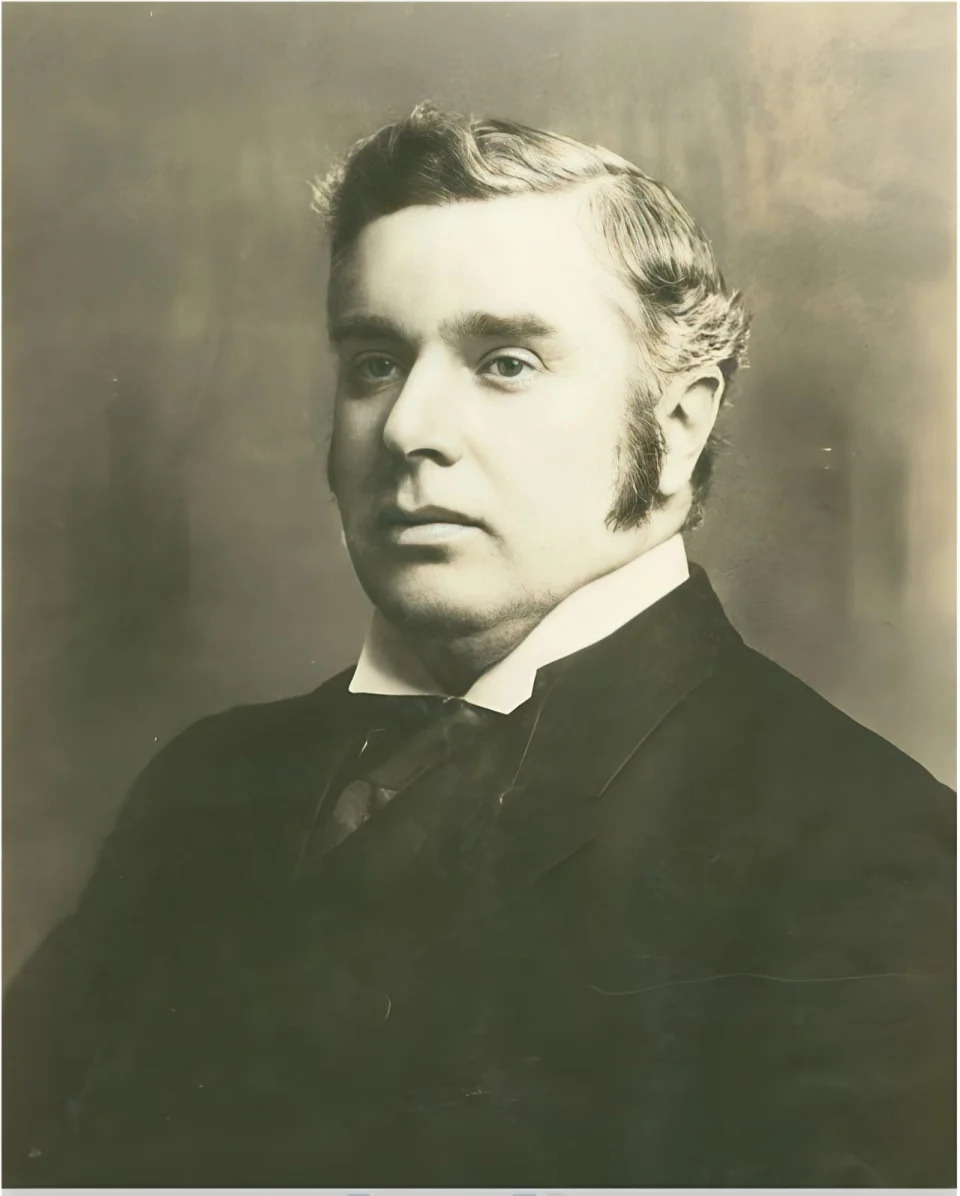


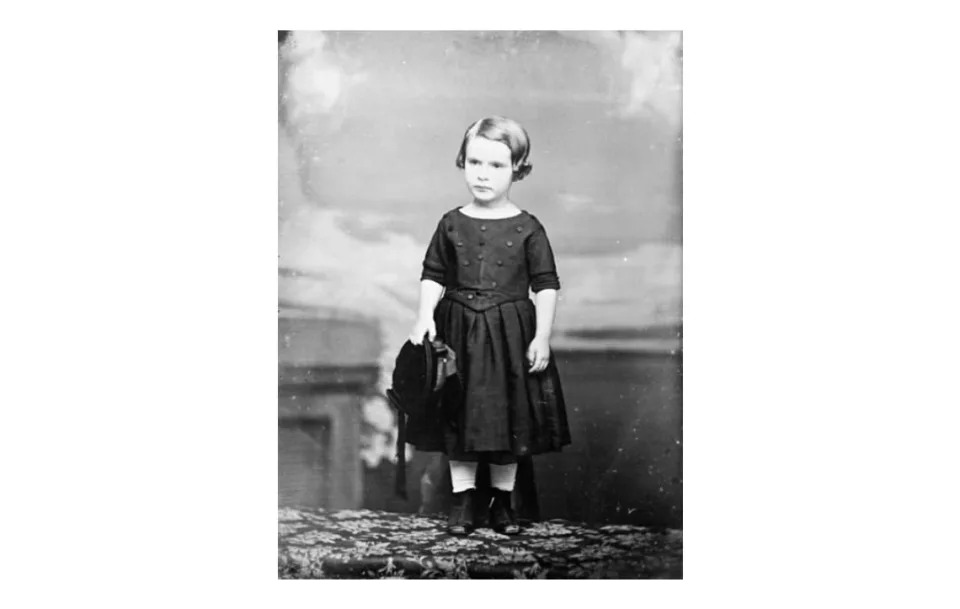

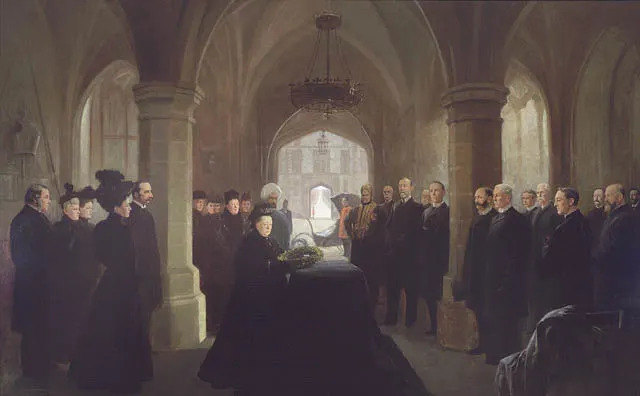
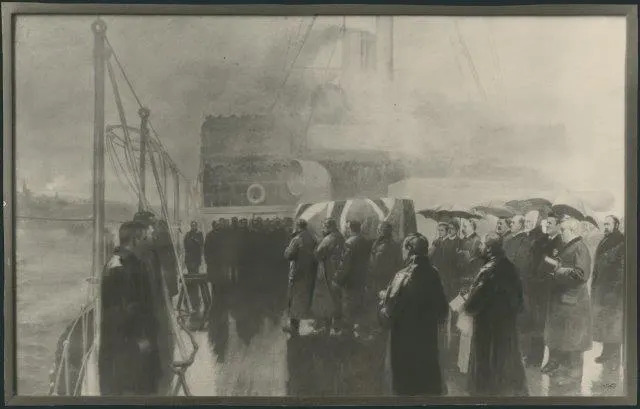
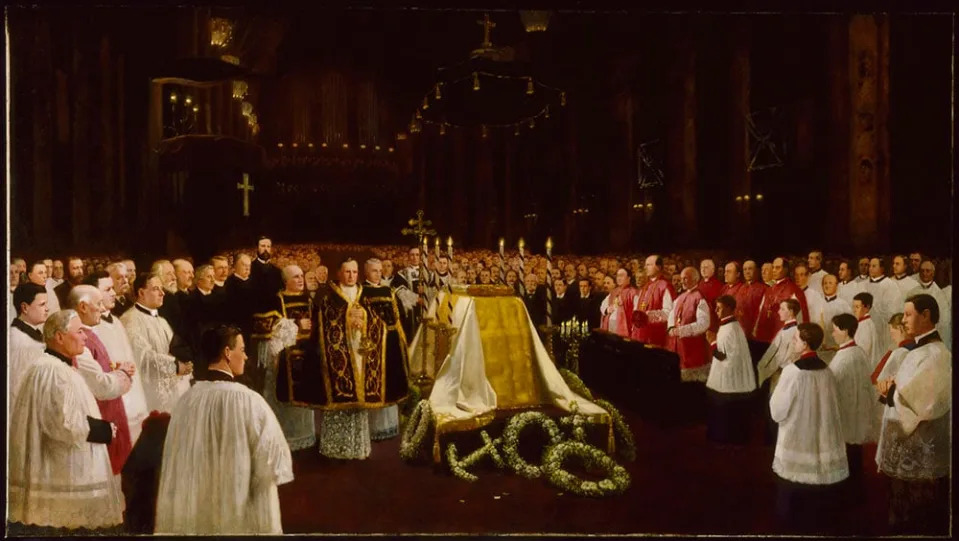
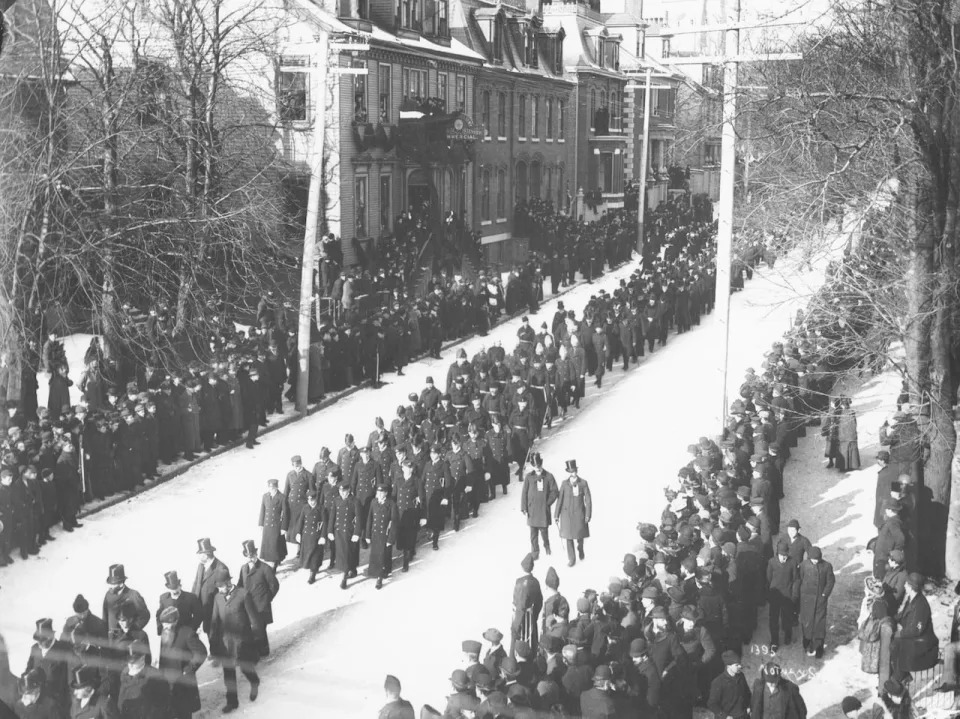
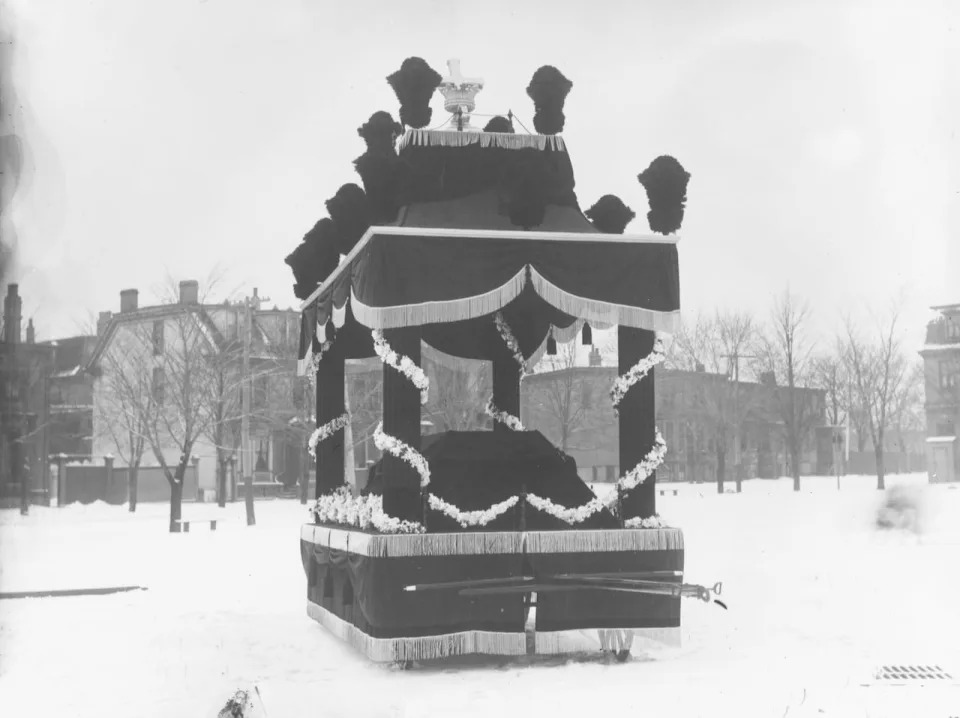

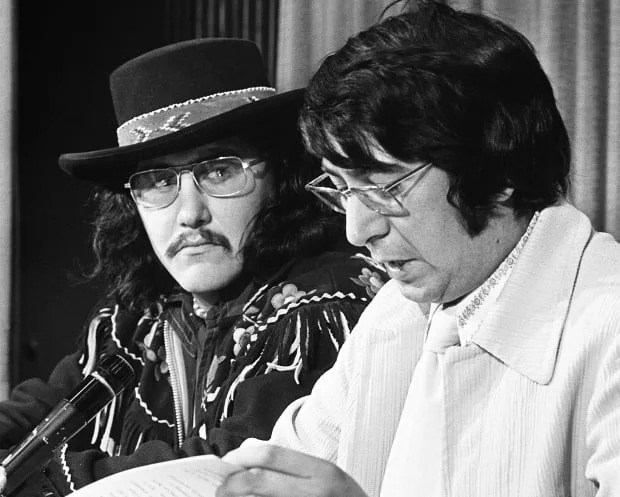








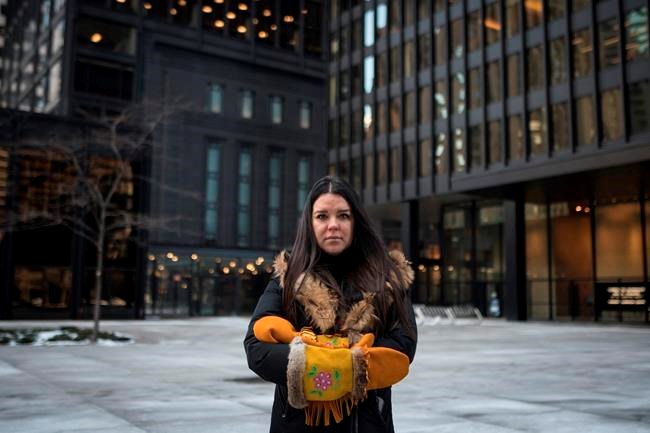
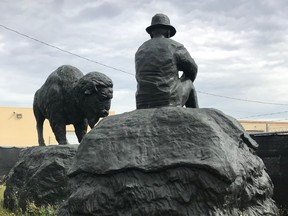

 It was a good start on a long road to reconciliation with Aboriginal peoples, but we were discarded in favour of a Wicihitowin process which was primarily led by Mr. Lewis Cardinal. Despite a lot of unfinished business, nothing has happened since that time. Consultations with a privileged few while avoiding the most knowledgeable, simply has not worked. As a Metis who has lived and worked with Indigenous people my whole life, I wish to say that reconciliation needs to be seen to be done and the Rossdale Flats is an ideal location to reimagine our relationship with First Peoples.
It was a good start on a long road to reconciliation with Aboriginal peoples, but we were discarded in favour of a Wicihitowin process which was primarily led by Mr. Lewis Cardinal. Despite a lot of unfinished business, nothing has happened since that time. Consultations with a privileged few while avoiding the most knowledgeable, simply has not worked. As a Metis who has lived and worked with Indigenous people my whole life, I wish to say that reconciliation needs to be seen to be done and the Rossdale Flats is an ideal location to reimagine our relationship with First Peoples.